Immersive Power | 360° Ads | Brands | Leveraging | Digitally

In a digital era where consumer attention is fleeting, brands are turning to innovative formats to make a lasting impression. Among the most powerful emerging tools in digital marketing is 360-degree advertising—an immersive experience that puts viewers at the center of the action. But what makes 360° ads so effective, and how are leading brands harnessing their full potential?
What Are 360° Ads?
360° ads are immersive video or image-based advertisements
that allow viewers to explore a scene in every direction—up, down, left, and
right. Unlike traditional ads that guide viewers through a linear experience, 360-degree
ads give control back to the user, letting them interact and engage with
the content on their own terms.
Whether experienced on smartphones, desktops, or VR
headsets, these ads simulate a real-world environment, offering a highly
engaging, exploratory experience that traditional formats simply can't match.
Why 360° Ads Capture Attention
1. Enhanced User Engagement
One of the primary strengths of 360° advertising is its
ability to captivate audiences. Because users can interact with the content,
engagement rates often soar. According to industry studies, 360° video ads
have shown up to 46% higher video completion rates compared to standard
formats.
2. Deeper Emotional Impact
Immersive ads trigger stronger emotional responses. Viewers
feel like participants rather than passive observers. This sense of presence
enhances emotional resonance and brand recall, critical factors in the buyer’s
journey.
3. Better Storytelling Capabilities
Brands can build rich, narrative-driven environments that
unfold as users explore the scene. This leads to a more organic and memorable
brand story, which is crucial in today's content-saturated landscape.
How Brands Are Using 360° Ads Effectively
1. Travel & Tourism: Transporting Viewers Across the
Globe
Travel companies like Expedia and Visit Iceland
use 360° ads to let users explore exotic destinations virtually. From walking
through the streets of Paris to experiencing the Northern Lights, these ads
offer a "try before you buy" experience that’s invaluable in travel
marketing.
2. Automotive: Virtual Test Drives
Car brands such as BMW, Audi, and Ford
have integrated 360° ads to offer virtual test drives. Consumers can look
around the car’s interior, observe the dashboard, and even simulate driving
experiences—helping them make informed purchase decisions without setting foot
in a dealership.
3. Real Estate: Interactive Property Tours
Real estate companies are increasingly using 360° ads to
showcase properties. Potential buyers can virtually walk through homes, examine
layouts, and get a feel for space—saving time and streamlining the
decision-making process.
4. Entertainment & Gaming: Sneak Peeks with a Twist
Studios and game developers create buzz using immersive
teasers. For example, Netflix and Sony Pictures have launched
360° trailers that let fans step inside iconic scenes—fueling engagement and
sharing.
5. Retail & Fashion: Immersive Store Experiences
Brands like Nike and Zara use 360° advertising
to showcase virtual stores and fashion shows. Users can explore new collections
or behind-the-scenes footage, making the digital experience feel as tangible as
an in-store visit.
Best Practices for Creating 360° Ad Campaigns
To maximize ROI, brands should follow a few key strategies:
- Keep
it simple and intuitive: Users should understand how to navigate the
experience without instructions.
- Optimize
for mobile: A large percentage of users will engage with 360° content
on their smartphones.
- Tell
a story: Don’t just show — immerse the viewer in a narrative that
aligns with your brand message.
- Use
compelling visuals and sound: High-quality production is vital to hold
attention and convey professionalism.
The Future of 360° Advertising
As VR and AR technologies become more mainstream, 360°
ads will likely evolve into more sophisticated and personalized
experiences. Integration with AI could allow dynamic scenes that adapt to user
preferences, and 5G will make streaming seamless.
With platforms like Facebook, YouTube, and Instagram
supporting 360° content, it’s never been easier for brands to adopt this
powerful medium.
Final Thoughts
360° advertising is not just a trend—it's a revolution in
how brands communicate. By offering immersive, interactive experiences,
businesses can forge deeper connections, boost engagement, and stand out in a
crowded digital landscape.
If your brand hasn’t explored 360-degree ads yet, now
is the time to look around—literally and strategically.
Elyts Advertising and Branding Solutions | www.elyts.in (India) | www.elyts.agency (UAE)











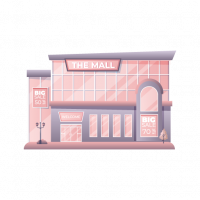





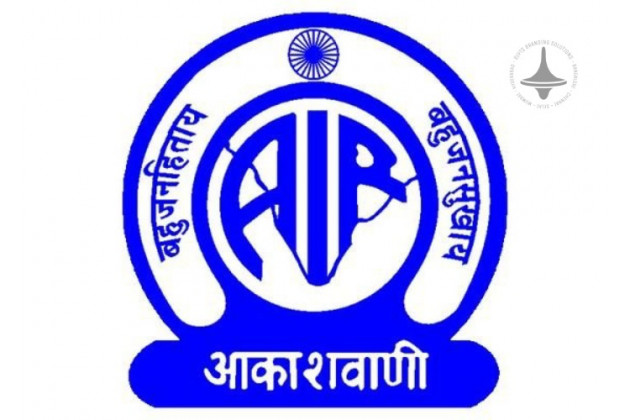
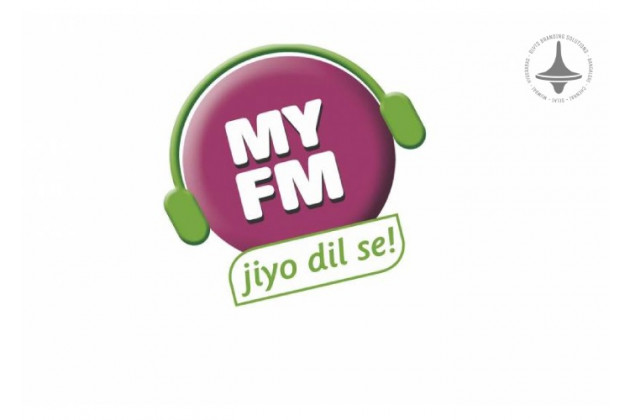

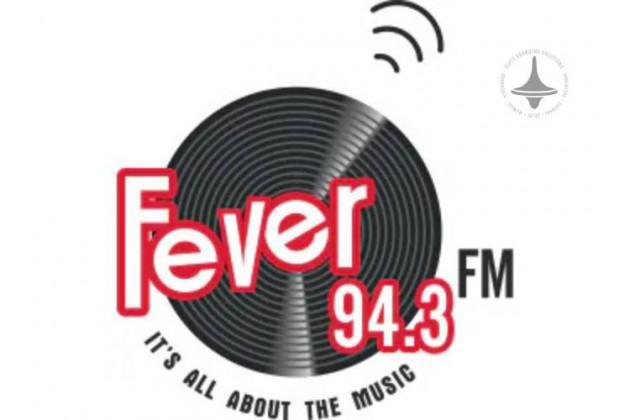
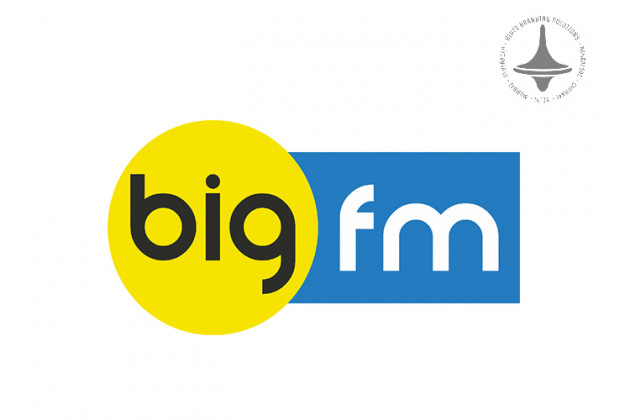
Leave a Comment